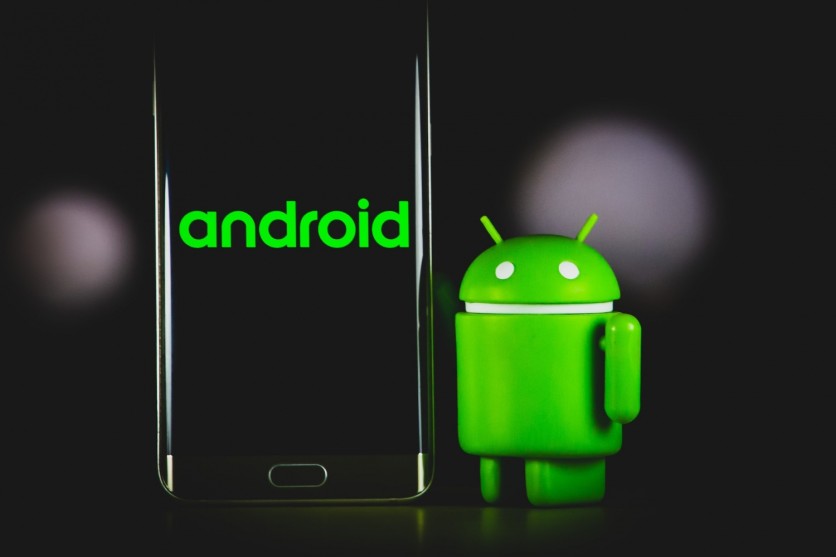Sideloading apps is one way to bypass a platform that disallows the distribution of certain software. It's easy to do if you know how to properly follow its process but, be mindful that not all devices allow this kind of modification.
Installing Android apps on Windows 11 is now possible thanks to Microsoft. However, some applications still do not get through the access that's why there's a need to sideload the unsupported apps.
If you want to get started with this process, here's what you need to follow.
How to Sideload Apps Not Supported by Android in Windows 11

Pre-Sideloading Phase
Before you dive into the actual procedure, make sure that your system meets the required specs for every app. Apparently, you will need a mid-range computer of at least an 8th-gen i3. A Snapdragon 8c or an AMD Ryzen 300 will suffice for this part.
Make sure that the subsystem for Android has 8GB RAM at the very least. However, if you want a smoother set-up, you might need to expand your RAM to 16GB.
Aside from that, SSD storage is required for Windows 11. The traditional hard drive is good, but the newer storage is faster and more convenient.
Of course, you need to install WSA because this is the one that you will enable during sideloading. To get started, you need to:
- Head to the WSA Settings.
- Under the "Developer tab," activate the Developer mode.
- Save the IP address that you will use later.
How to Search For Android Apps
Since some apps are not searchable in the App Store or Play Store, you will need to download their APK files on the internet.
If you are using an Android handset, you need to use ML Manager or a similar extractor app. In this way, transferring your files to your computer will be much easier.
For PC users, you can check F-droid and APK mirror, the reliable websites where you can find APKs.
Some people tend to stick with the dark side which means that they pirate the software just to get it. Although it's applicable, your device might acquire malware that might compromise your personal data.
The Sideloading Process
From Google's website, you need to access the Platform Tools. Once you're done, open the command terminal where the tools are located. From here, you can now link it to the Android system.
Type adb connect ip_address command on the prompt. This will replace the usual "IP address" that you saved earlier. This step counts as a verification that will check if the ADB is already linked to the subsystem.
Then, install file_path via adb. The APK file patch that you have downloaded before will be replaced along with the "file path."
After finishing the app installation, you will see that it will pop out on the Windows Start menu app.
Related Article: Apple 'Unlisted Apps' Now Available from the App Store but How is it Different from Sideloading?
Should You Sideload Despite the Malware Risks?
Since sideloading will expose your system to potential malware, some users tend to veer away from it. The gravity of this risk is already given especially if you have no antivirus app for protection.
The whole process might be risky but getting privacy-centered software for your device will solve the issue.
In case of a required jailbreaking, make sure that you thoroughly know the whole process of sideloading before you proceed.
This article is owned by Tech Times
Written by Joseph Henry




